When we say our pepeha we make connections with other people. By unpacking each part of our pepeha we learn about its history and why it is important.
Ko O - Atia toku maunga. is a line from our school pepeha.
As Wairakei Primary School has a partnership with Ōruanui Marae we can say with pride, O - Atia is our mountain. We can say we have a connection to this maunga. It helps shape us, it challenges us and it gives us strength.
“Mau” as in “maunga” means to catch and to hold. This is the part of the water cycle where snow, sleet, hail and rain is caught by the maunga and eventually flows to the streams, rivers and lakes.
Room 13 has been discussing other reasons why maunga are significant in Māori culture. They now understand there is a rich history and purpose behind these awe inspiring landmarks in our environment.
A maunga is part of the water cycle because the ice melts. A maunga is safe because you can see enemies and it can be a shelter from the floods. A maunga is fun because you can slide down it on a sled.
A maunga is big and a maunga can keep you safe from enemies because you can have it as a lookout. A maunga can give you water so we can stay hydrated.
A maunga is fun because you can go skiing. A maunga is safe because you can see if enemies come. A maunga is cold because a maunga has snow on it. A maunga is high so you can be safe if floods are coming.
Legends have been passed down that explain the origins of some of the other mountains in the area around Taupō. We discovered there were differences between Battle of the Mountains by Peter Cosgrave and the animated tale, Te Pakanga o te Kāhui Maunga, by Ngāti Tūwharetoa. There were similarities as well. Both versions are available online.
I told my mum that the mountains were giants that have got frozen.
We are making the mountains in the sandpit and I am Pihanga.
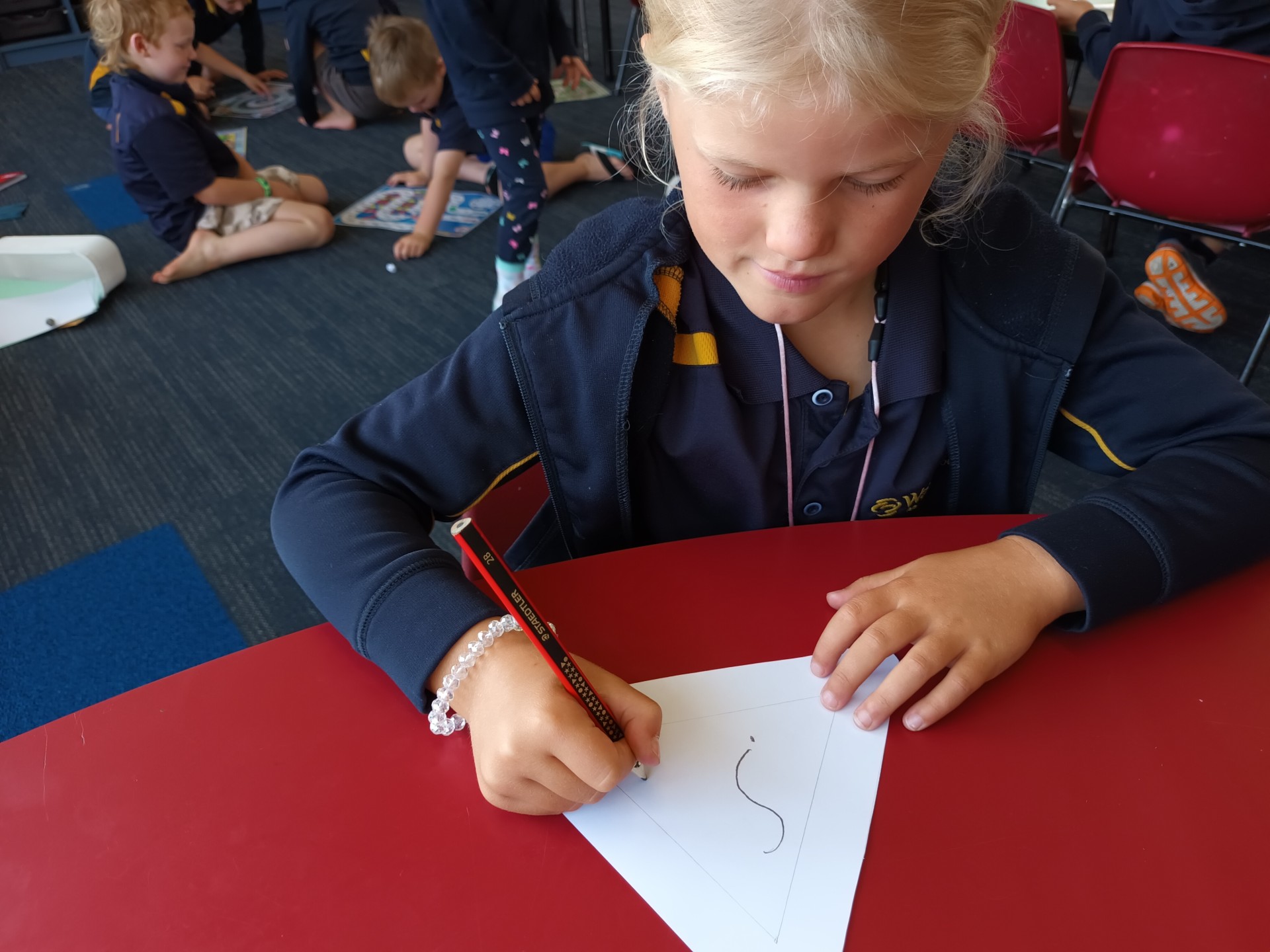
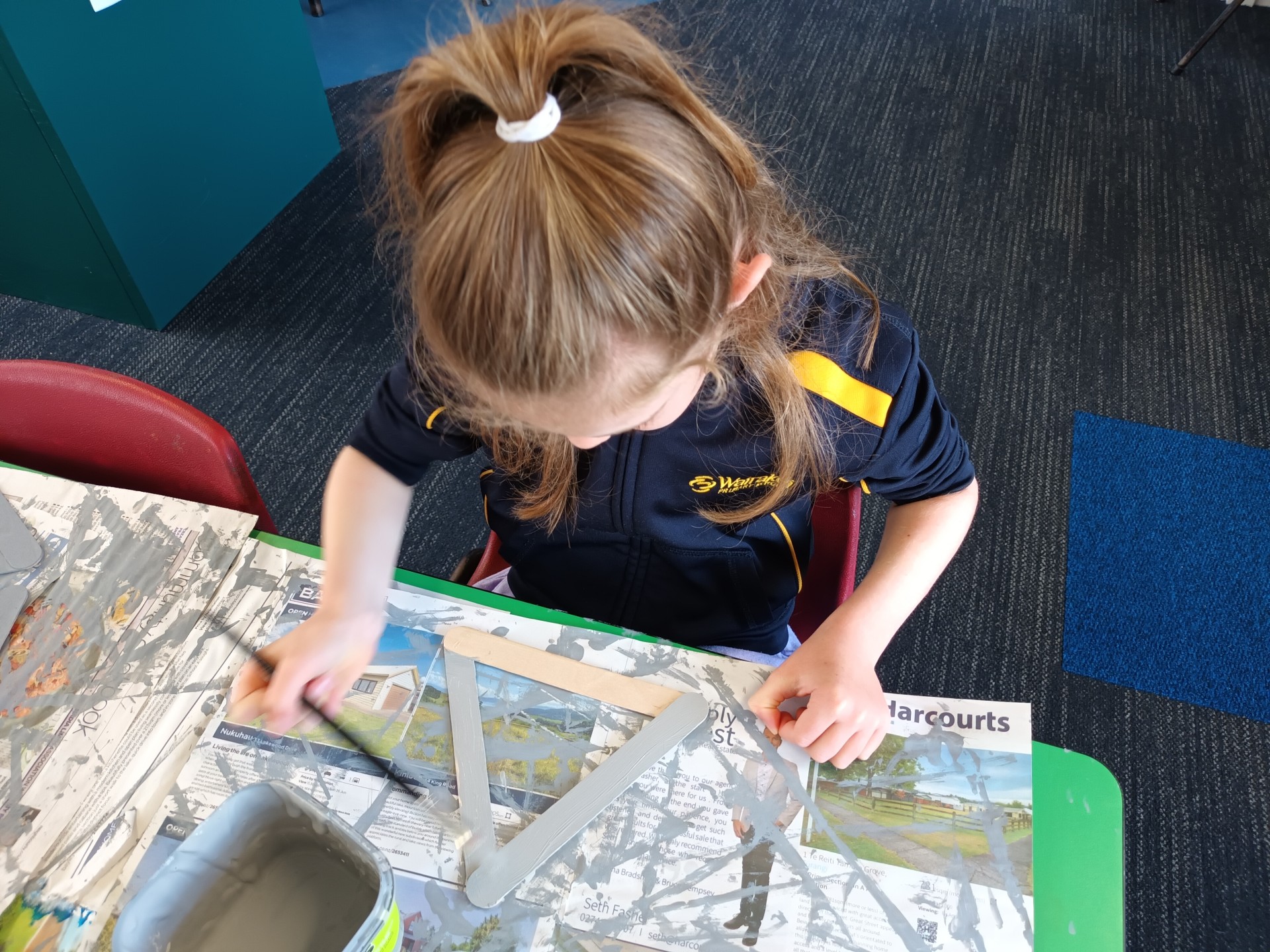
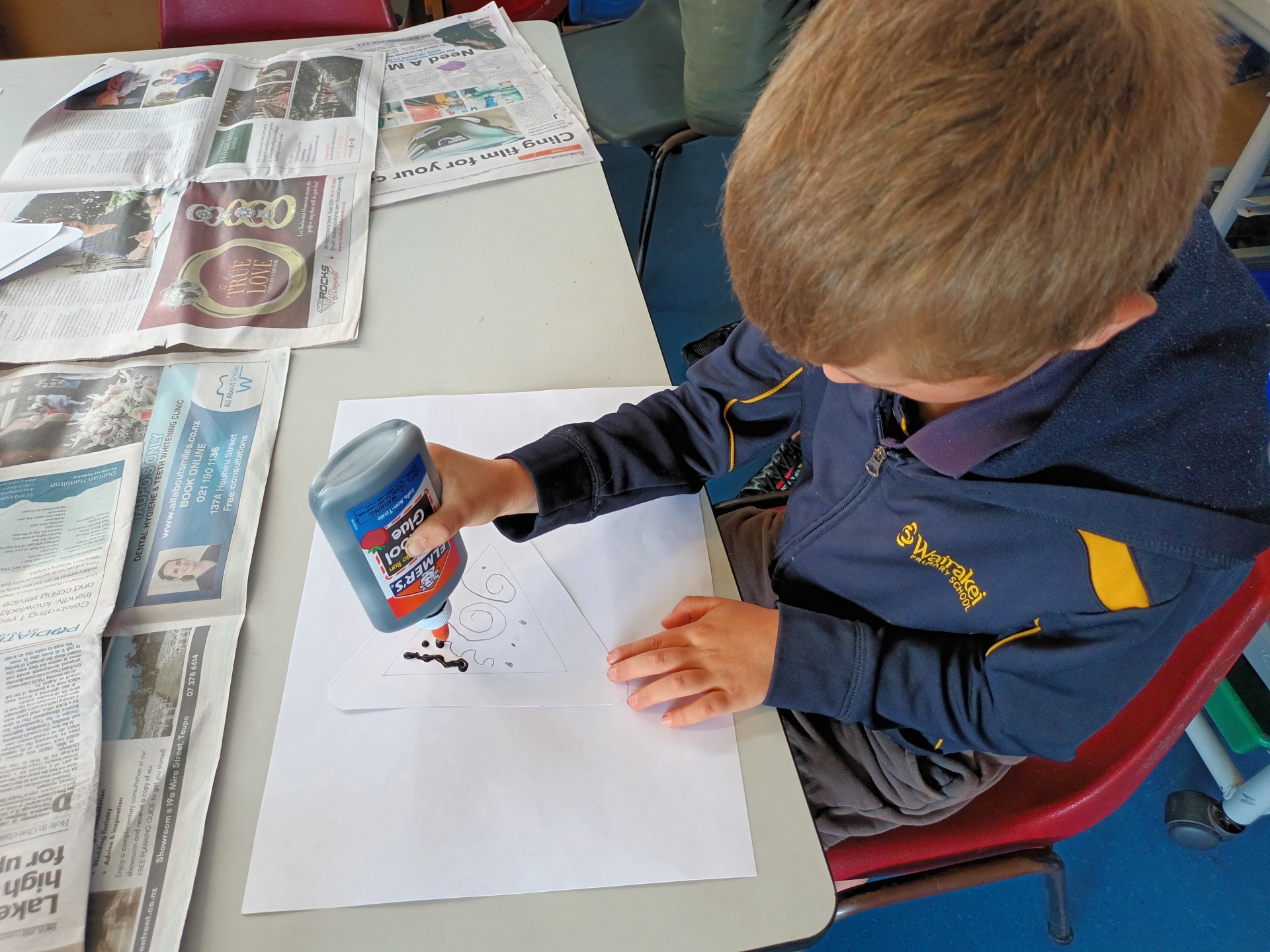
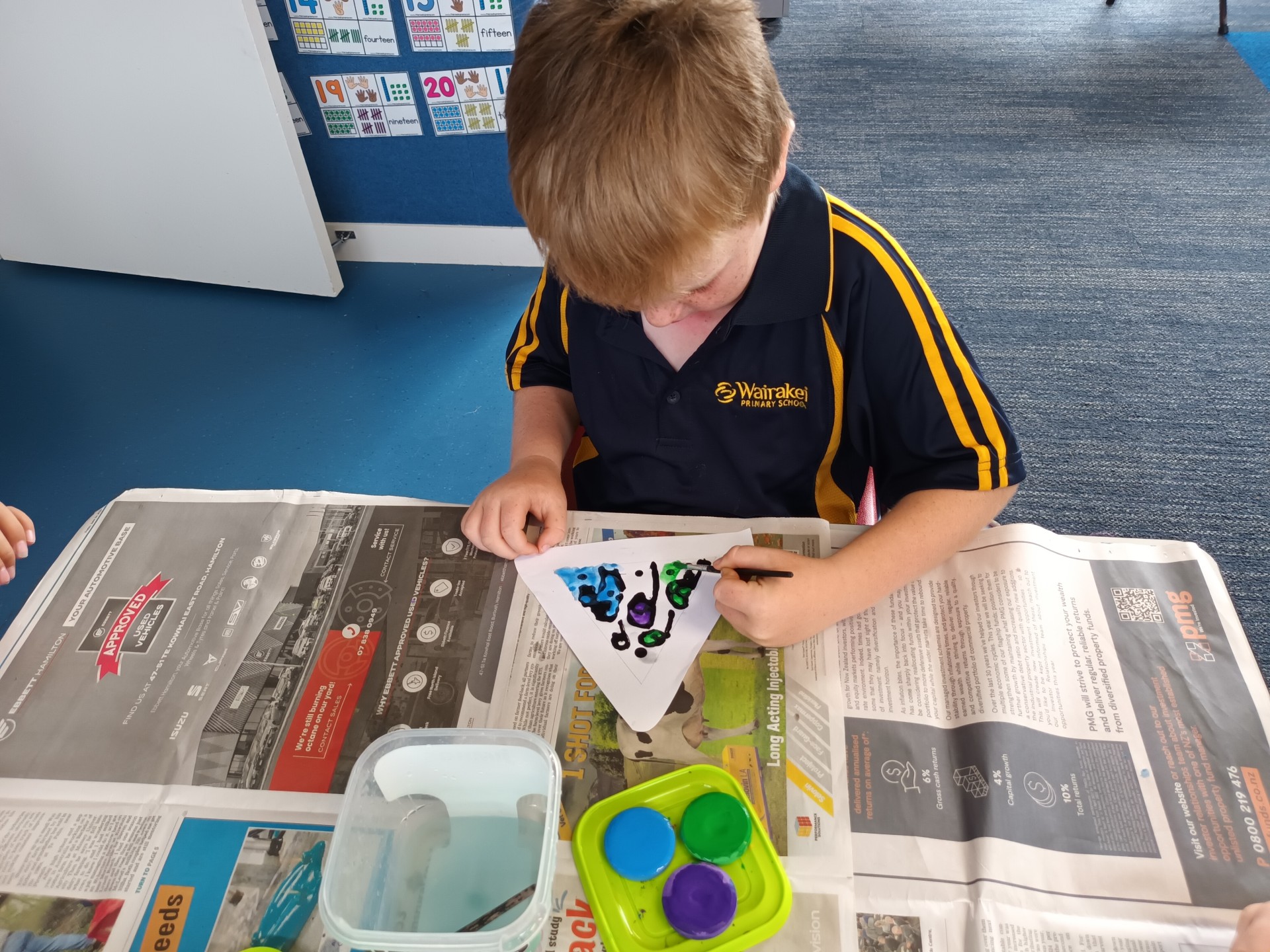
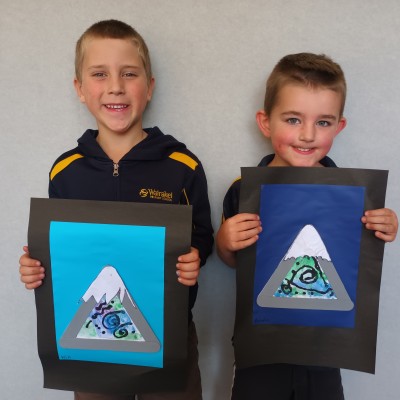
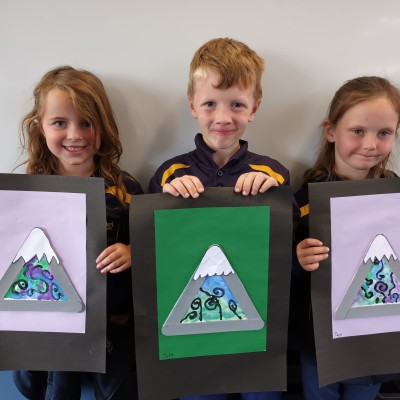
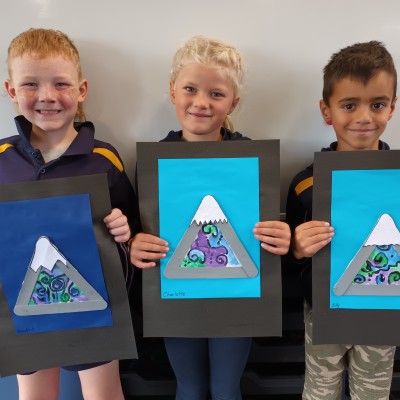

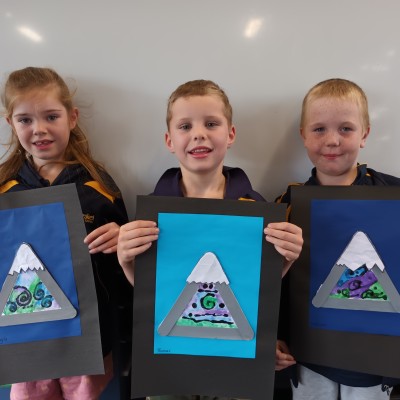



Comments are disabled for this post.